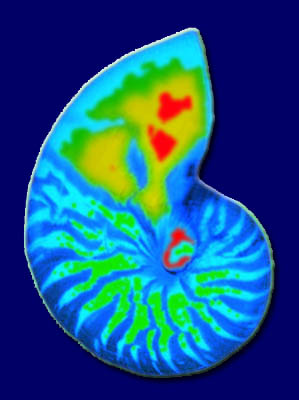
O.C. Rodriguez orodrig(at)ualg.pt,
R.J. Duarte rjduarte(at)ualg.pt
and
S.M. Jesus sjesus(at)ualg.pt
LarSys, Universidade do Algarve, Campus de Gambelas, PT-8005-139 Faro, Portugal.
Comments: download presentation pdf.
Ref.: in UACE'2021, online, June 2021.
Abstract:
Ocean noise is an important component of the ocean soundscape for its potential impact on
cetaceans and marine life in general. Due to the ocean vastness, performing an accurate
monitoring is challenging and requires cooperation between multiple institutions and
research groups which, in most cases, use different equipment with different characteristics.
For this reason, to ensure a valid comparison between sound pressure level (SPL) outputs,
careful calibration to a common standard is an absolute requirement. Throughout the years
several tools were developed with that purpose. One of those tools is the PAMGuide that:
1) allows an adequate data calibration using appropriate information of the equipment
differences and characteristics and 2) provides a standard for ocean noise SPL estimation.
PAM2PY emerged from the idea that effective acoustic data sharing could only succeed if
the following criteria were met: 1) data details were private, 2) context information
and acoustic data were packed together and 3) transformation from raw data was standard
and supported by open source code running in open platforms.
This paper describes PAM2PY utilization in a typical exchange data request that permitted
to share raw acoustic data from three hydrophones located near Faial and Pico islands
in the Azores recorded during the month of June 2018. Data is calibrated, SPL calculated,
packed together with shipping noise predictions and relevant context information
(metadata) using the Exchange Data Format in standard H5 files. These files may be fed
into databases using the provided Python standalone routines.